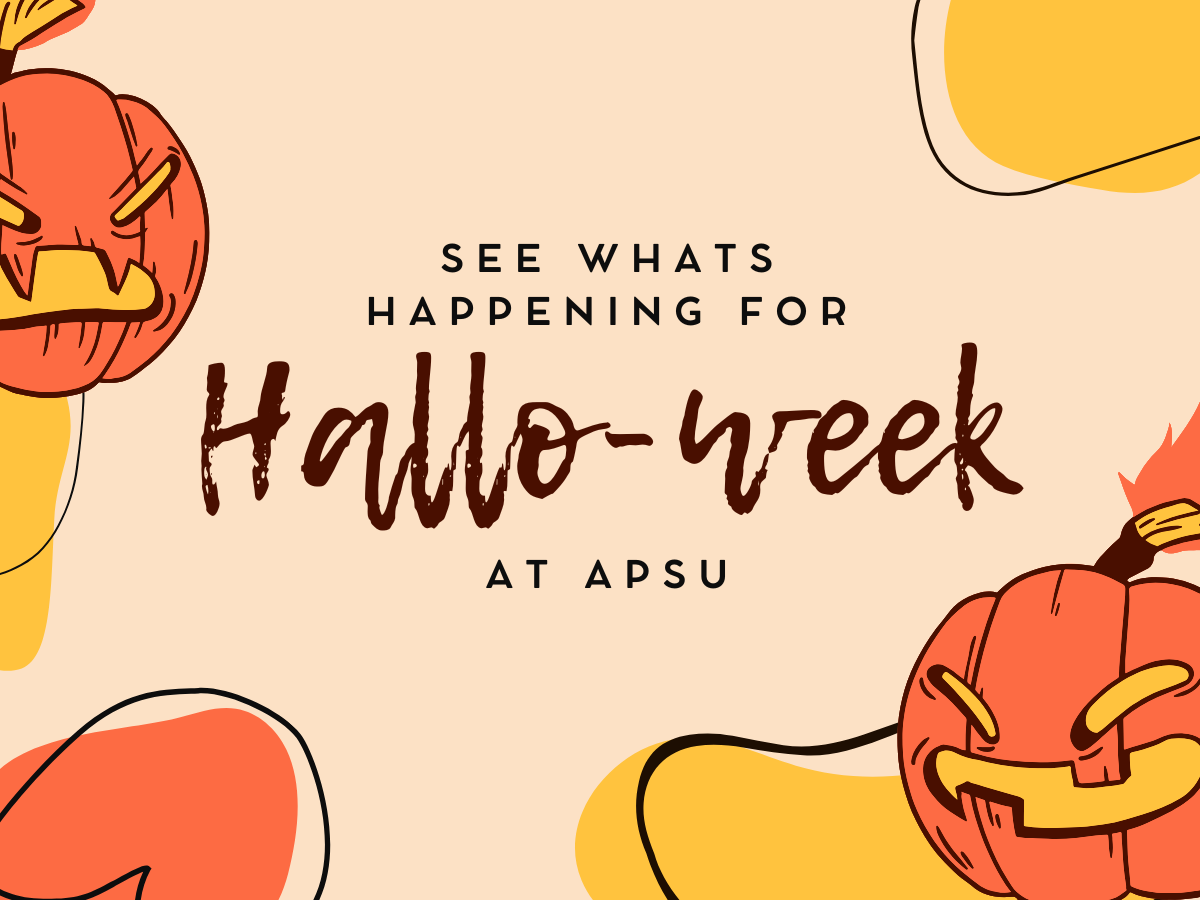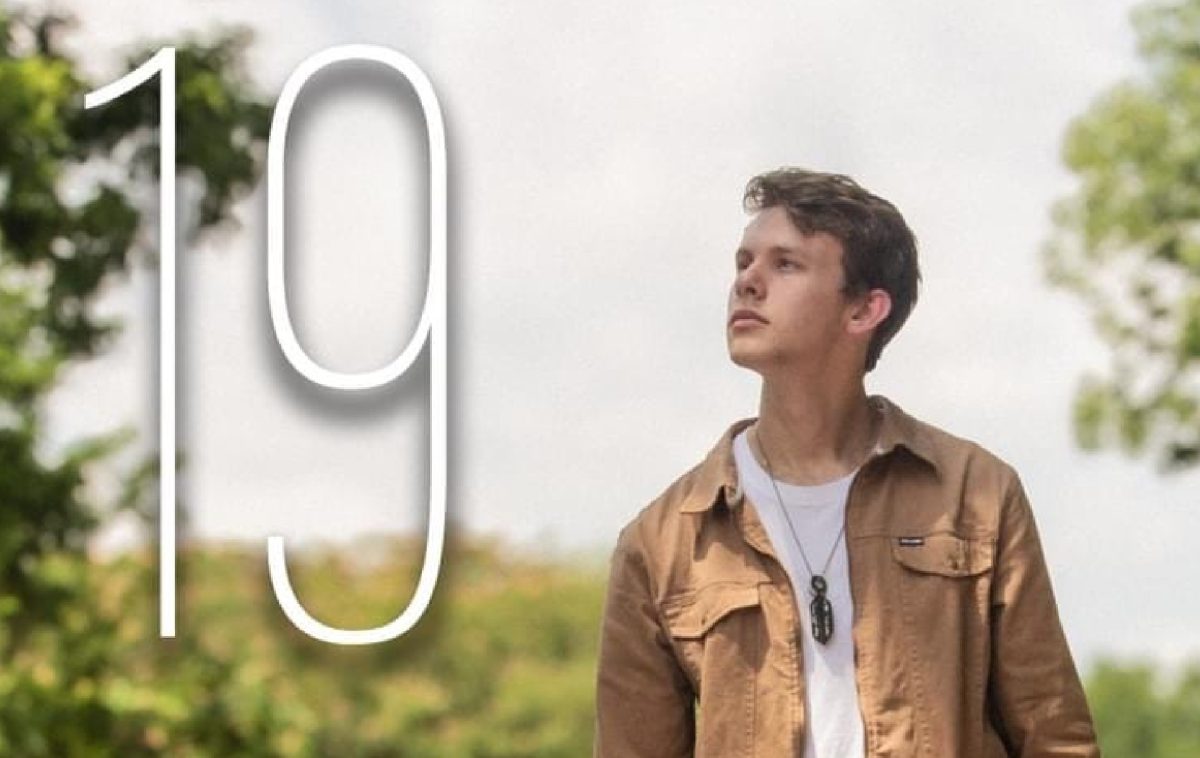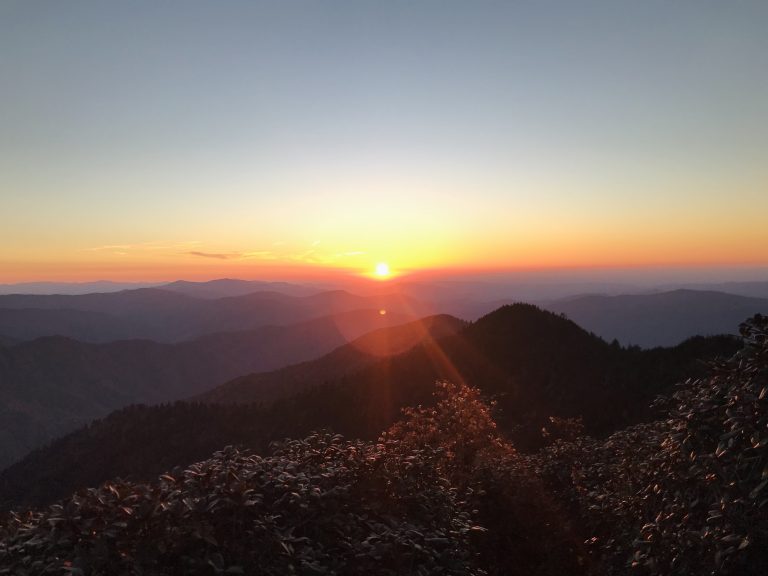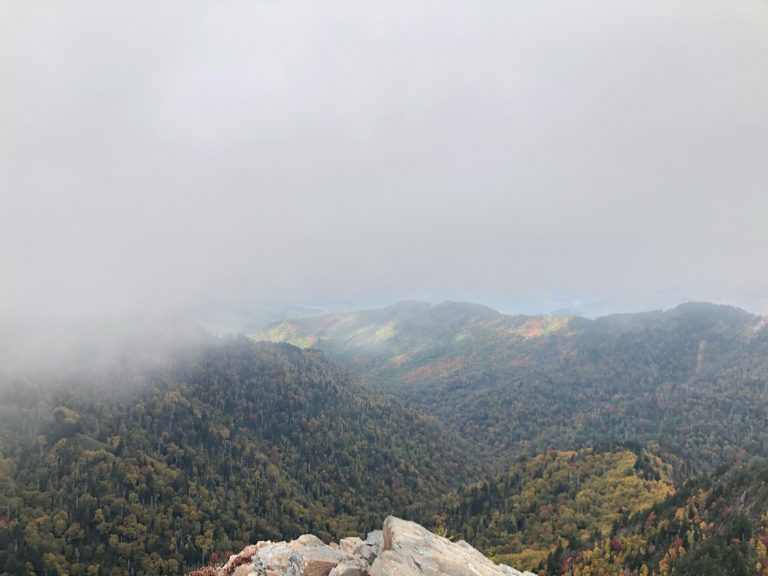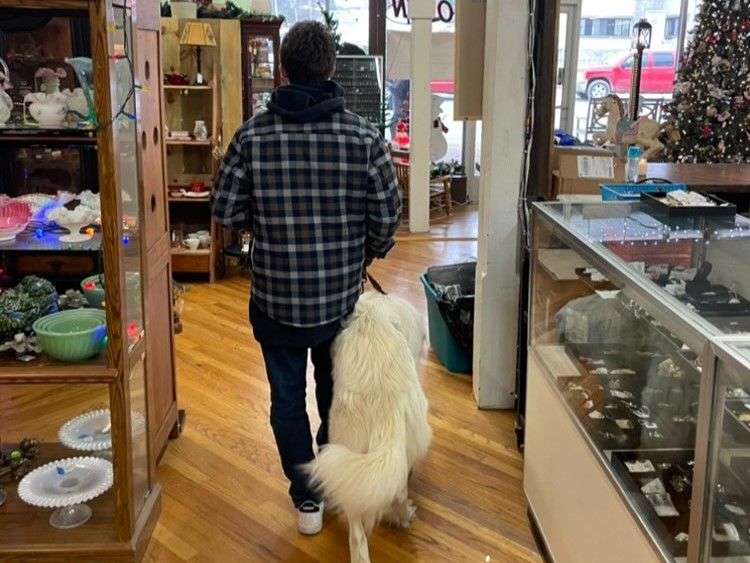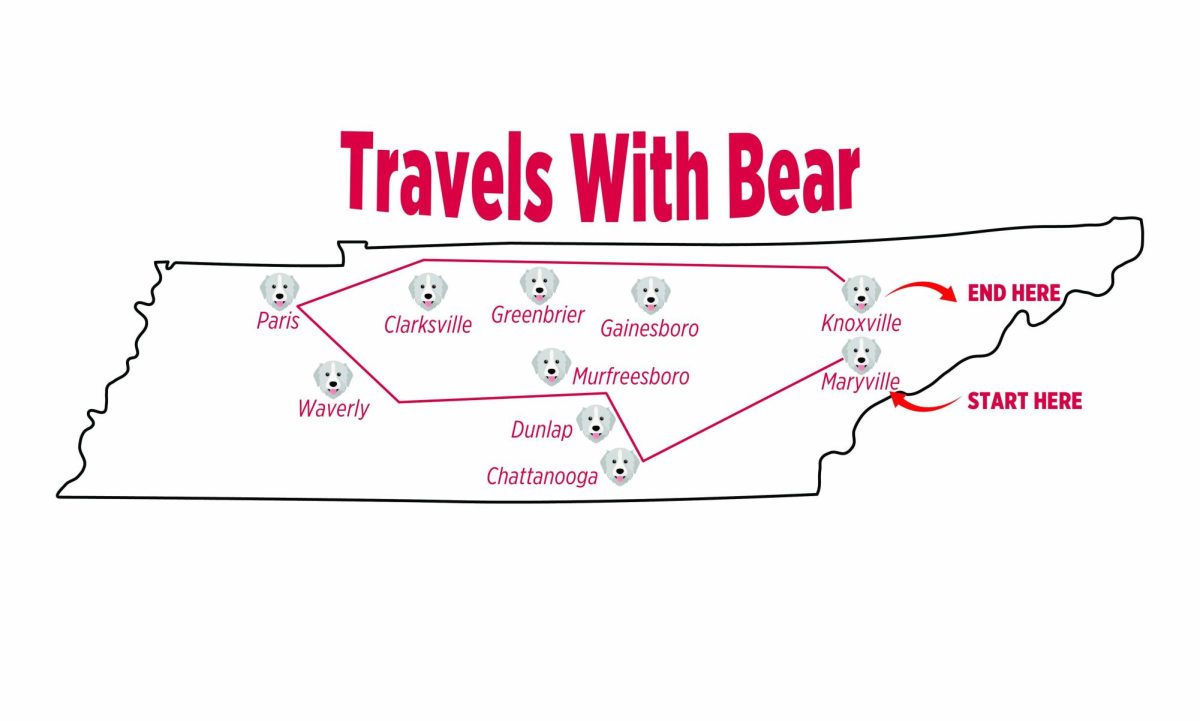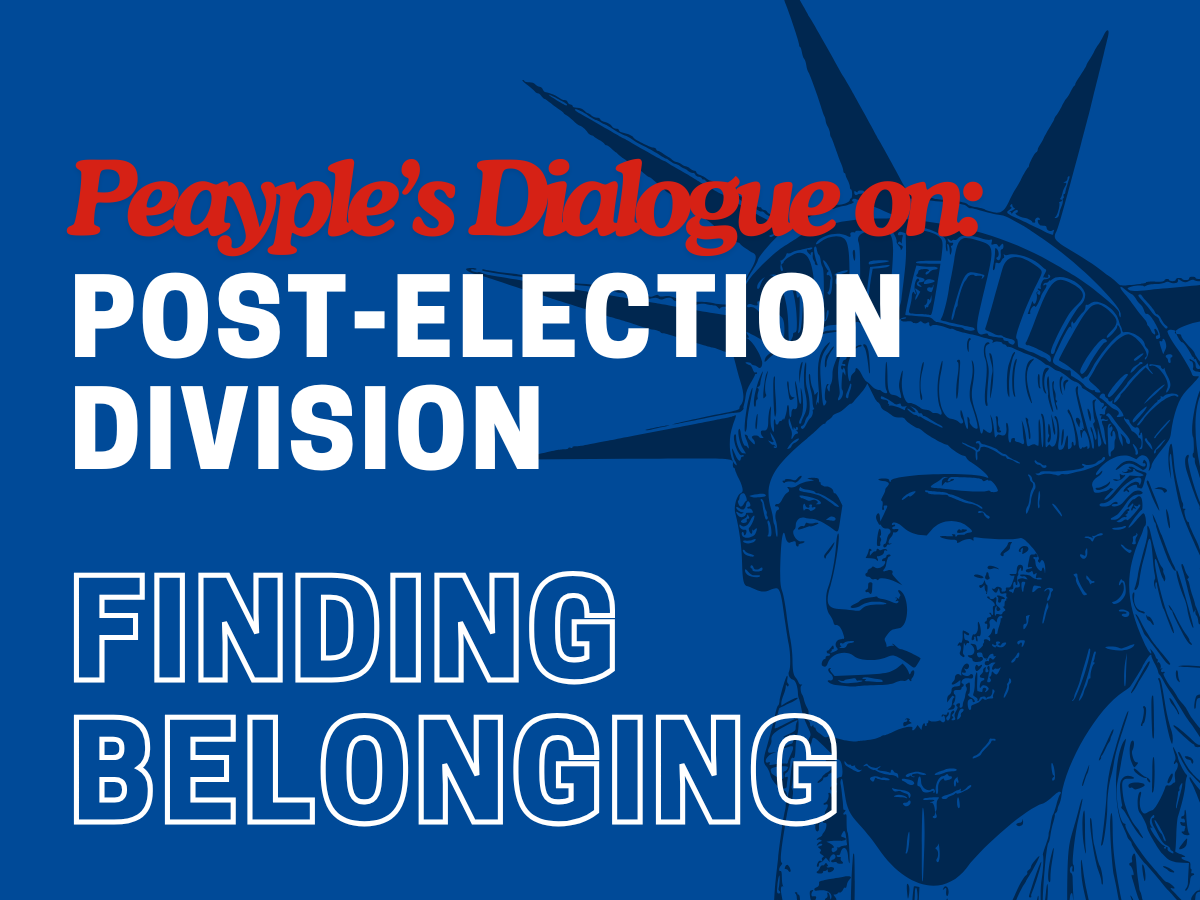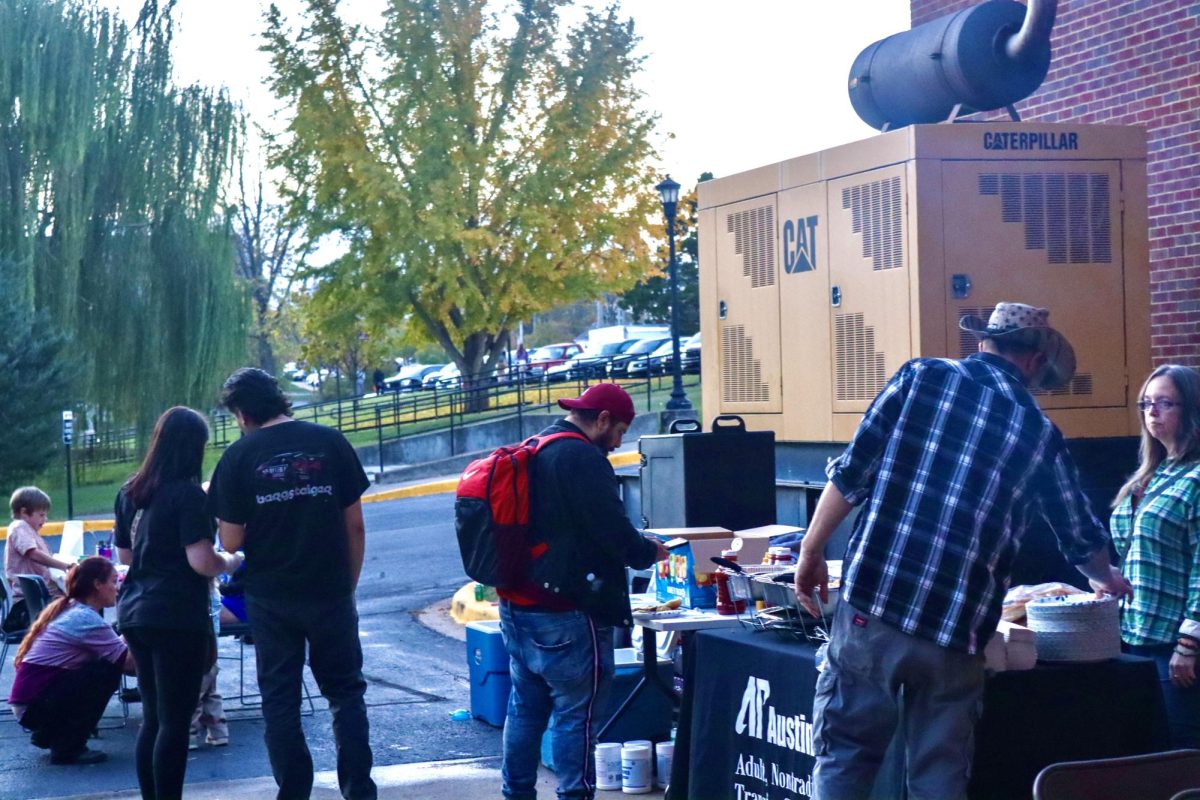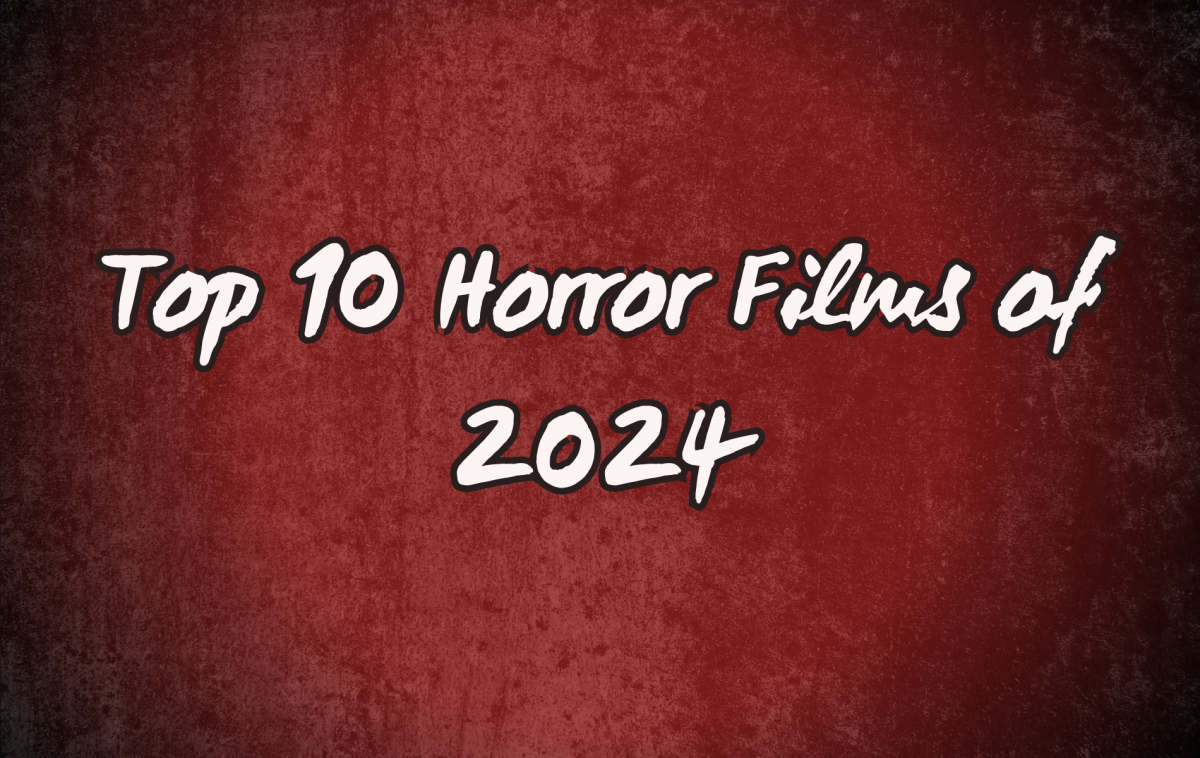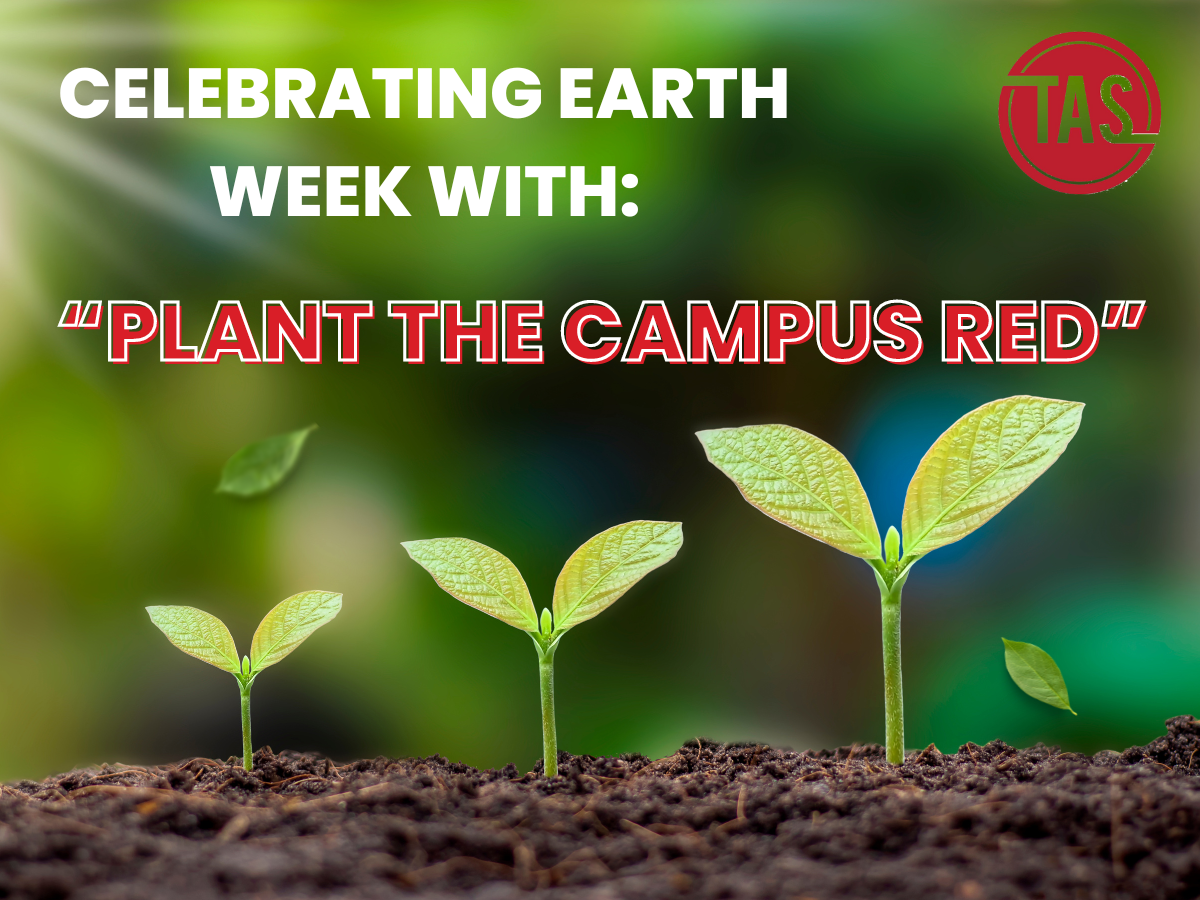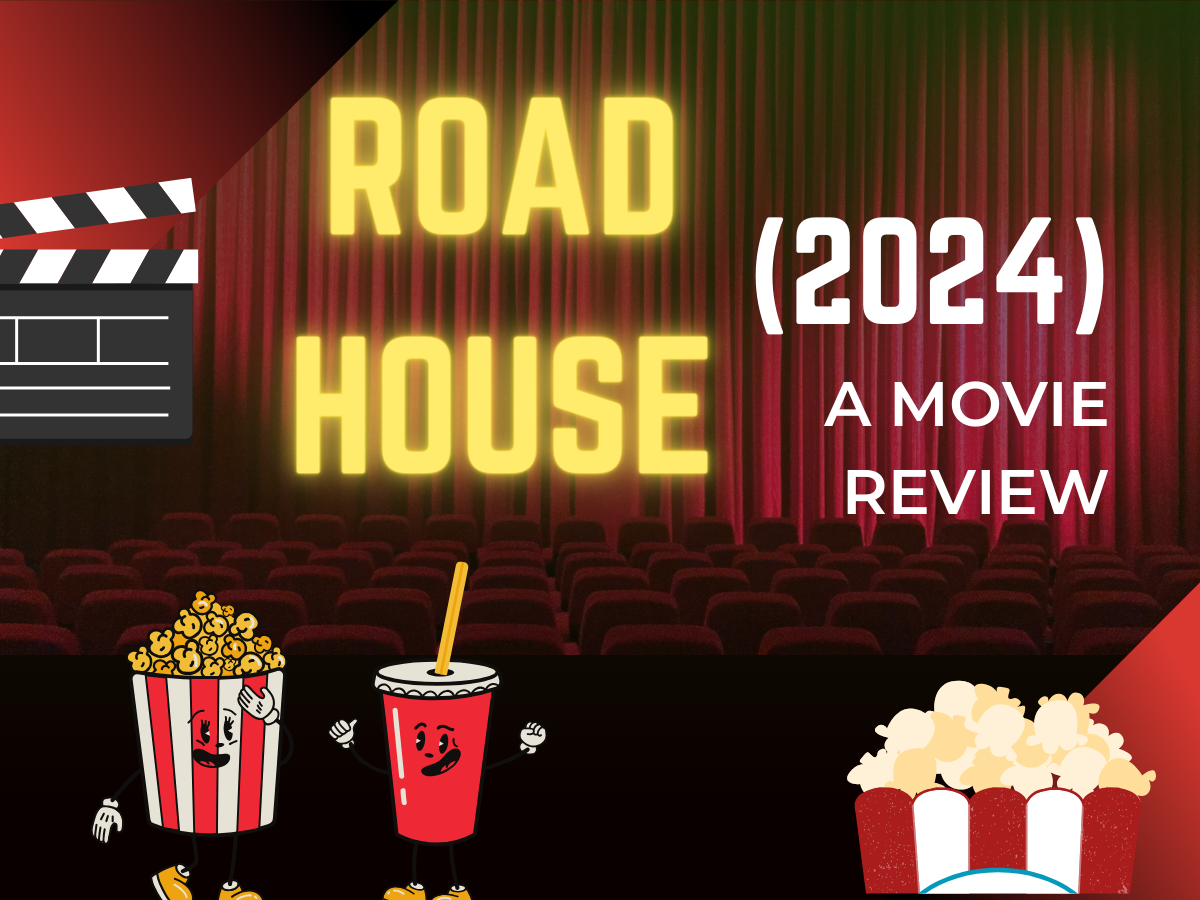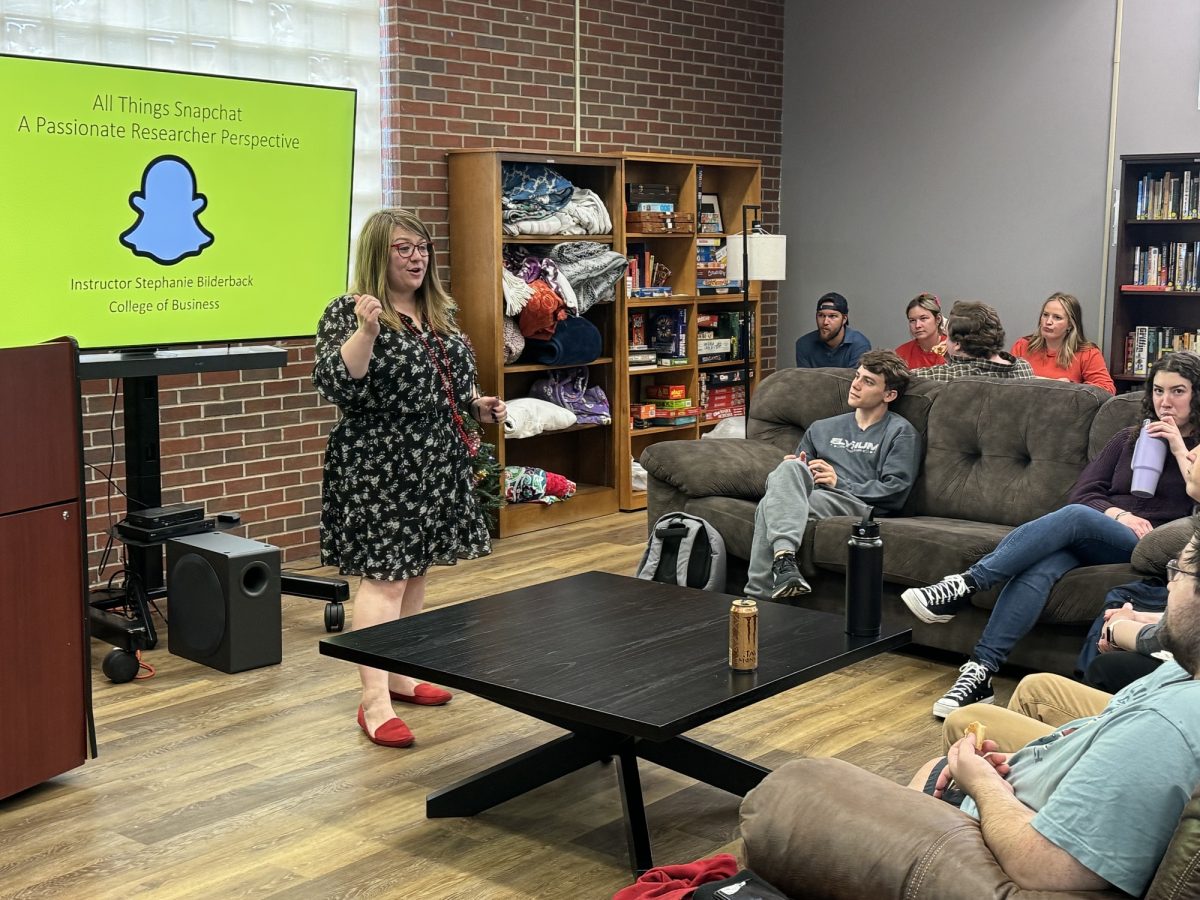The Art Department has announced its newest guest speaker, Ann Hamilton, who is scheduled to give a lecture on Thursday, Feb. 5 at 7 p.m. in the Trahern Theater.
Hamilton’s visit is part of the Art Department’s visiting artist series. Hamilton’s work spans many different mediums and inspirations, taking on various sizes, from works four stories high to works as small as a thimble. Her works often to aim to “slow down” the viewer, using complicated creations to show how a viewer experiences the art.
Hamilton, an Ohio native, has been a part of the faculty of Ohio State University since 2001.
According to a press release from the Art Department, “Hamilton has earned many honors during her career, including the Heinz Award, MacArthur Fellowship, United States Artists Fellowship, NEA Visual Arts Fellowship, Louis Comfort Tiffany Foundation Award, Skowhegan Medal for Sculpture and the Guggenheim Memorial Fellowship.”
Her work also appears in galleries in France, Sweden, England and Japan.
In the U.S., she has exhibited her work in New York City, Los Angeles, Chicago and Washington, D.C.
Taking on the idea of moving the viewer through her art, some of her most notable creations include a mural of 50,000 paper library cards, currently on display at the San Francisco Public Library.
She has also created a mile-long walkway at the Allegheny Riverfront Park in Pittsburg and a 7,200-square-foot wood floor in the Seattle Public Library made of 556 lines of wood created to form a walkable surface of letterform script.
In an interview with the publication Art21, Art in the Twenty-First Century, Hamilton talked about how her work often deals with being at the edge of something but also at the middle.
“I think a lot of the very abstract quality of my work, and the literal quality of it, is always dealing with a state or a place or an edge, a border, a threshold, a place that’s in between,” Hamilton said.
Hamilton explained she hopes to capture that abstract quality in her work. “I think that’s the place I occupy within my work and that, perhaps, the work occupies,” Hamilton said.
Abstractness and concreteness can work together, Hamilton explained. “We as bodies inherit ourselves as both containers and as being contained. And the paradoxical structure of my work is often to engage that place of betweenness: to engage it, not to make a picture of it, not to make it its subject, but actually to try to work at that place in a way that demonstrates it, that’s demonstrative, that occupies it. You know, it’s very abstract but concrete.” TAS


